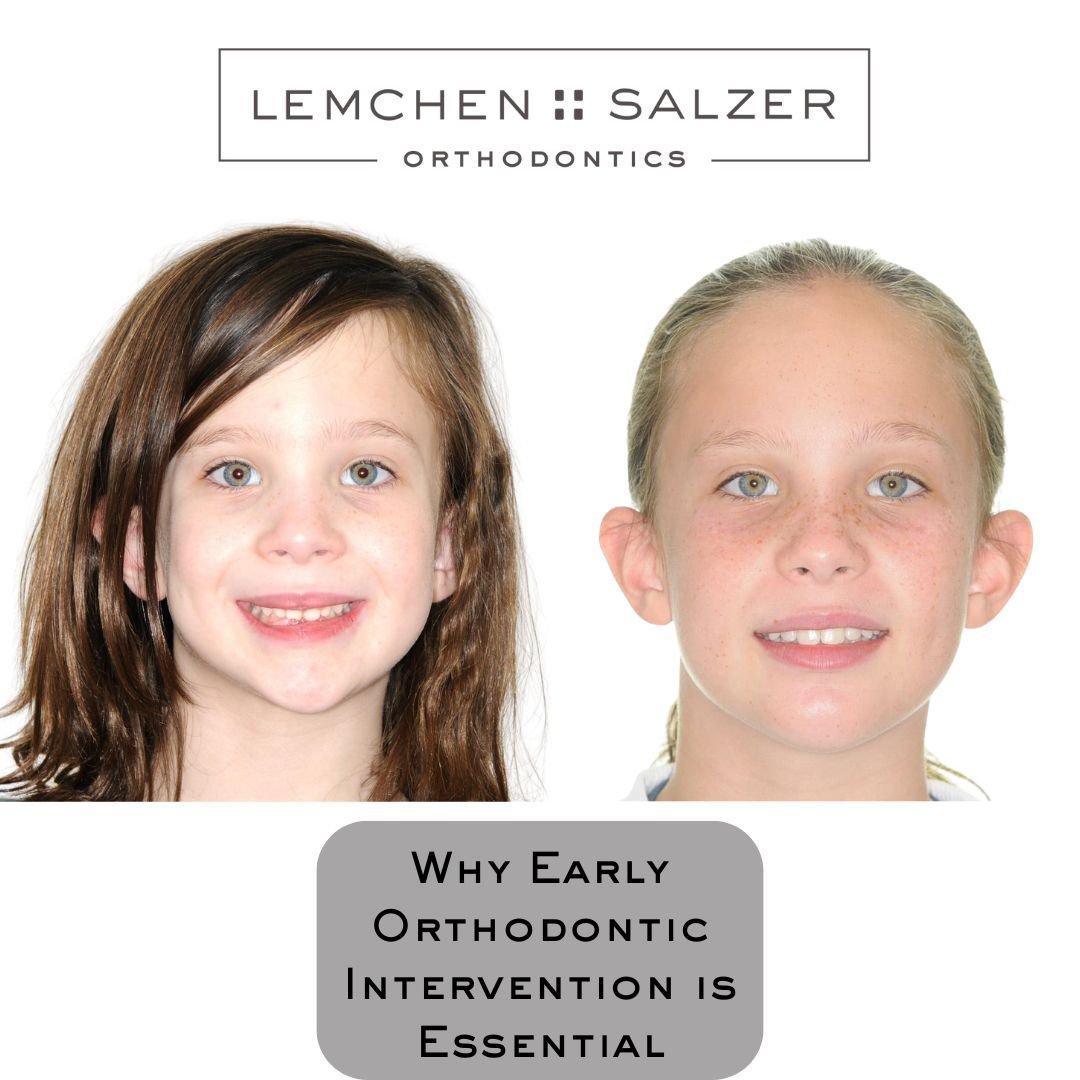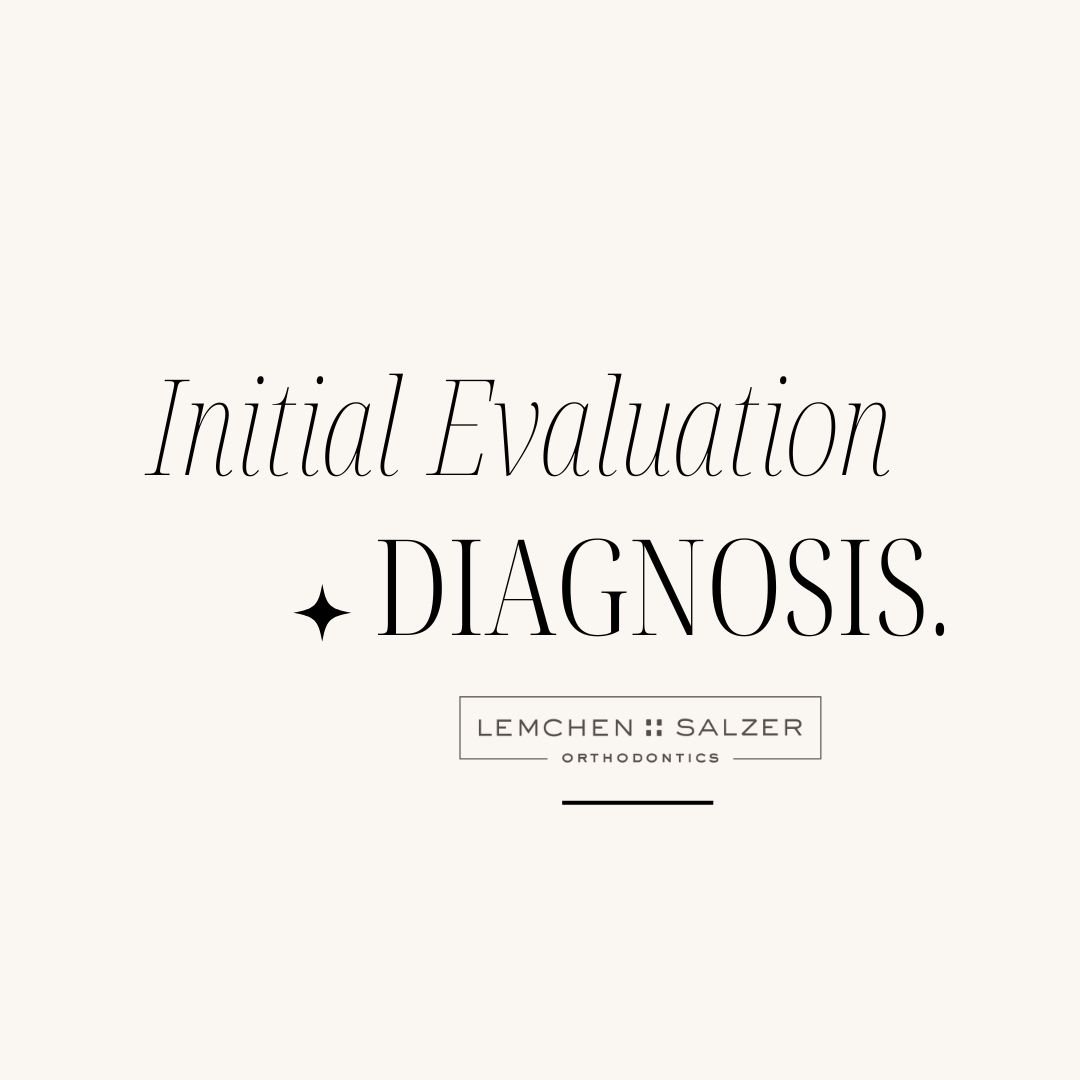Why Early Orthodontic Intervention is Essential: A Case Study
Why Should My Six Year Old See An Orthodontist?
Early orthodontic assessment and, if necessary, treatment can make a significant difference in a child's dental development and overall facial balance. Dr. Salzer examined a case of a six-year-old patient whose initial evaluation revealed early signs of severe crowding and jaw alignment concerns.
Mixed Dentition
This young patient presented with an early mixed dentition—all baby teeth on the top and two permanent teeth beginning to emerge on the bottom.
Right away, we observed severe crowding in the lower jaw. The permanent teeth, much larger than the primary teeth, were struggling to find space. Additionally, her bite presented a deep overlap, where her upper teeth fully covered her lower teeth when closing. This "deep bite" not only limited space for the incoming teeth but restricted her lower jaw’s natural forward development. When she smiled, only the upper arch was visible, with the upper teeth pressing down toward her lower gums. In fact, two of her lower teeth were forced sideways due to the space constraints, an early indication of misalignment that could worsen over time.
Early Orthodontic Intervention and Treatment Plan
Given the patient’s young age and the crowding issues, we recommended a two part “phase one” treatment approach, starting with a removable "baby retainer."
This early expansion device, begun at age 6, gently created space by gradually widening her upper jaw. Within a few months, her bite began to open, allowing her lower teeth to become visible for the first time, with her upper teeth no longer pressing on the gum tissue below. This gentle expansion also improved the shape of her upper arch and allowed the lower teeth to adjust more naturally as more space opened up, as the upper teeth spread out.
Upper central eruption
When the patient’s front two upper teeth eventually grew in, they emerged rotated due to the lack of initial space.
To further support alignment, we transitioned to a traditional Phase 1 palatal expander and braces, standard for patients aged seven or eight. This phase allowed us to establish proper spacing and arch formation.
The completion of a beautiful case
At the completion of her early treatment, she displayed two well-aligned arches with improved spacing and jaw alignment.
Her smile, once dominated by visible gum and a narrow arch, now accommodated her larger, beautifully aligned teeth. Importantly, her facial balance improved as her lower jaw had the freedom to develop naturally, no longer restricted by the backward tilt of her upper teeth. Her corrected bite and newly expanded arches allowed her lower jaw to come forward, contributing to enhanced facial symmetry and a balanced smile.
Early orthodontic treatment addresses critical spacing and alignment issues before they become more complex. By proactively creating space and supporting proper jaw development, we can guide the natural growth of the jaws and prevent severe misalignments in the future. This case shows how timely intervention can ensure that children’s dental and facial development progresses smoothly, setting them up for a healthy smile and balanced facial profile as they grow.
Early assessments provide an opportunity to intercept developing issues, minimizing the need for more extensive treatments later. For many children, an early start is key to achieving optimal orthodontic outcomes and lifelong confidence in their smile!
Discover the importance of early orthodontic intervention with Dr. Salzer as we explore the transformative journey of a six-year-old patient. From her initial assessment, we observed severe crowding and alignment issues that could have impacted her dental development and facial balance. Through gentle, age-appropriate treatments like a palatal expander and braces, we created space, corrected her bite, and allowed for natural jaw development.
This video shows how early orthodontic care can address key issues before they worsen, setting the foundation for a healthy, confident smile. Watch to learn about the power of proactive orthodontics and the incredible benefits it brings to young patients’ overall growth.









































